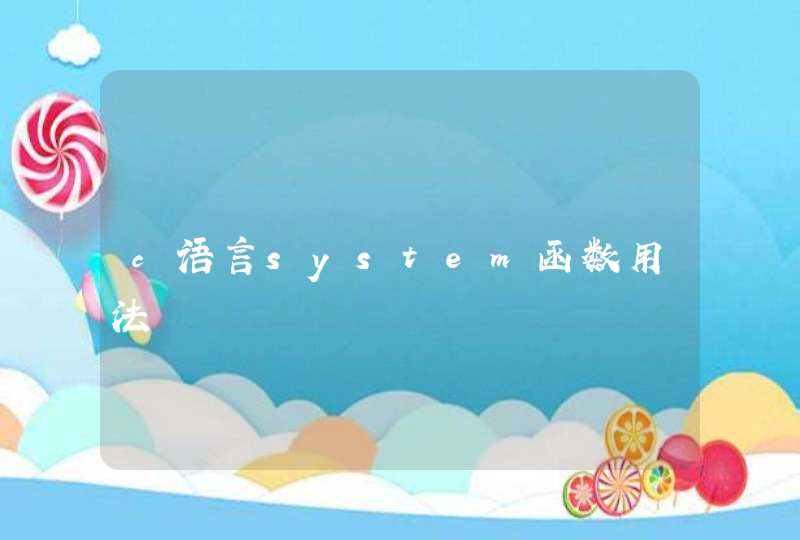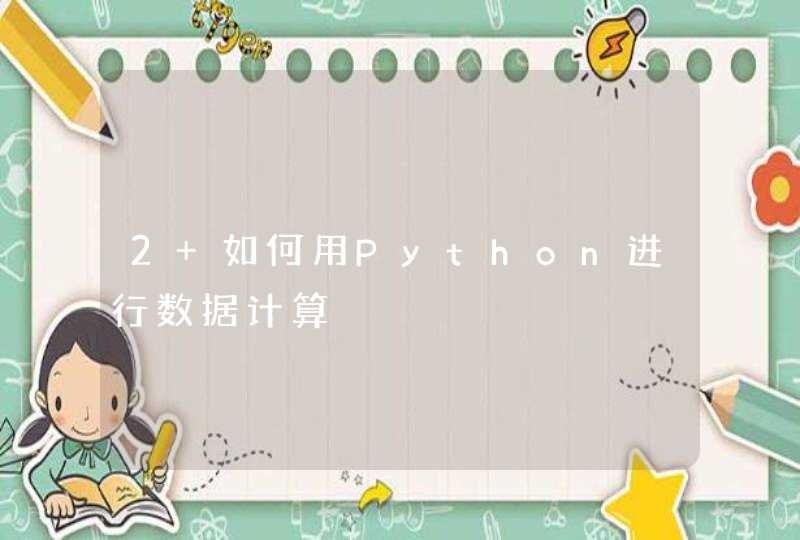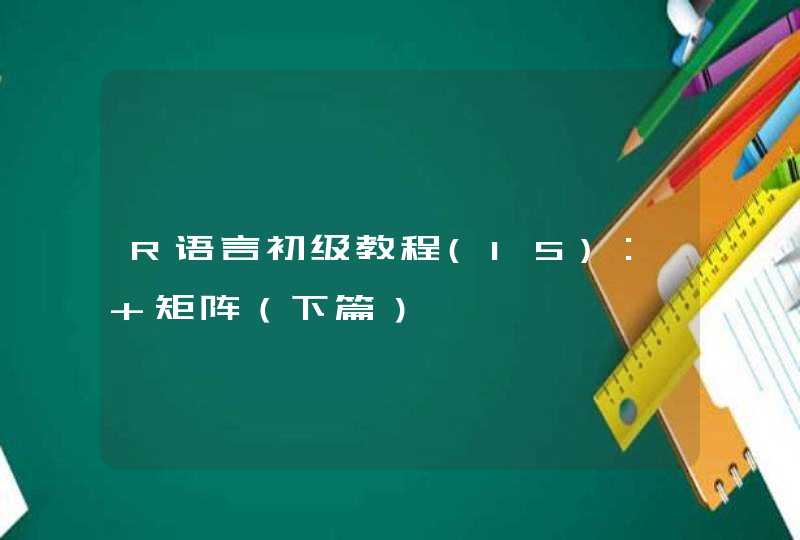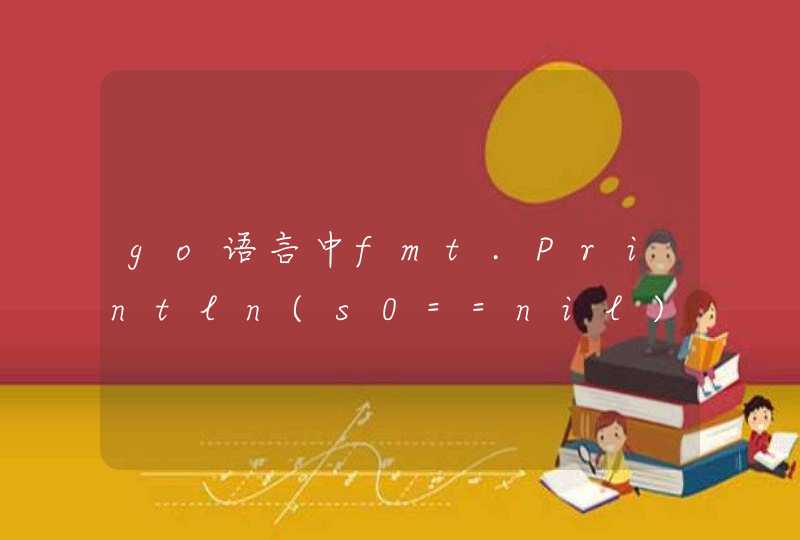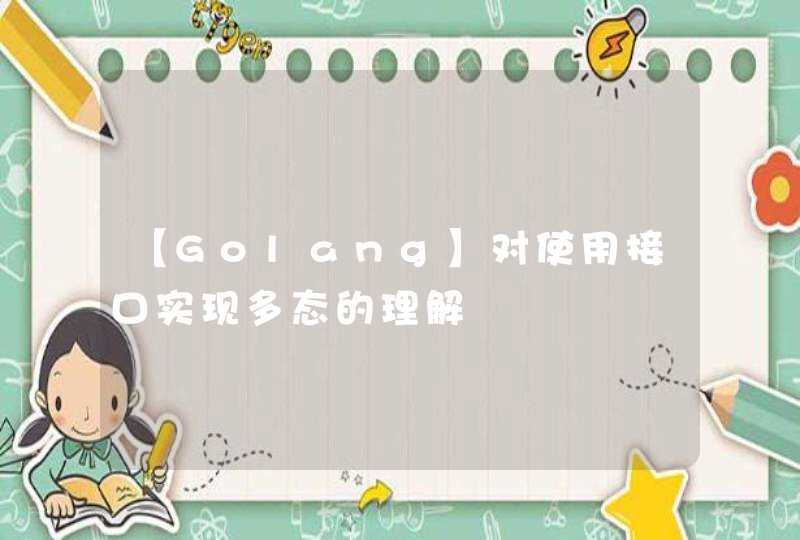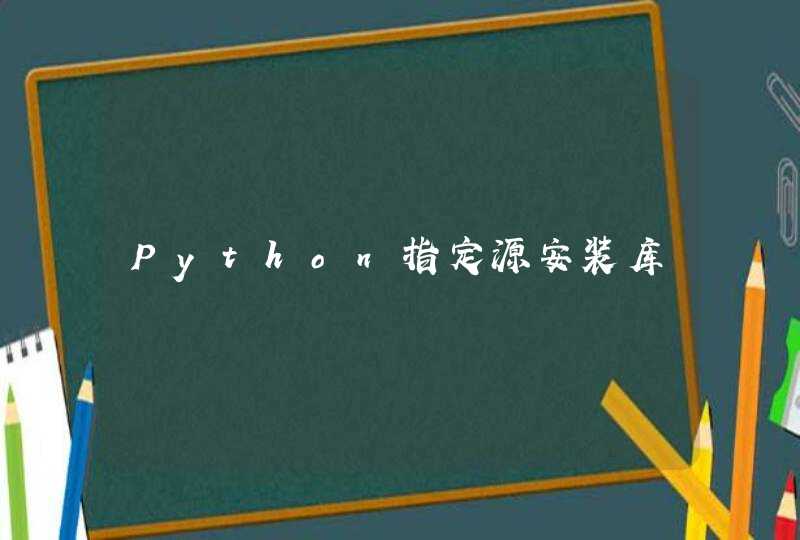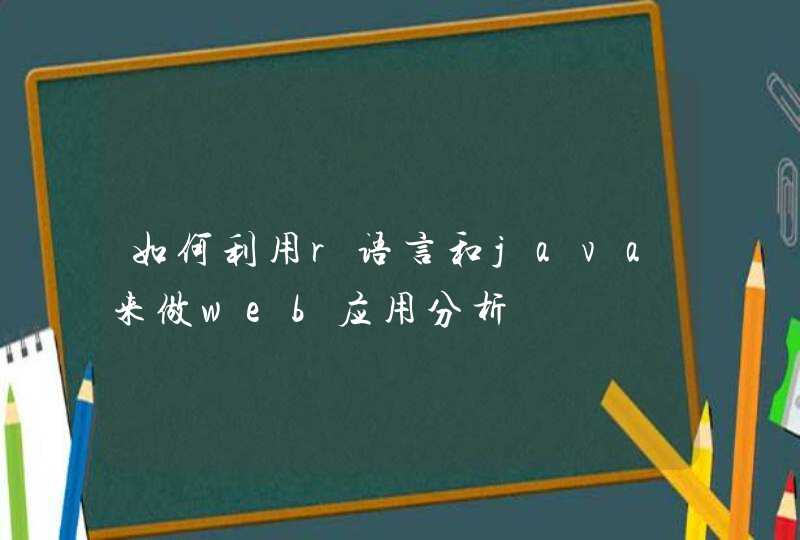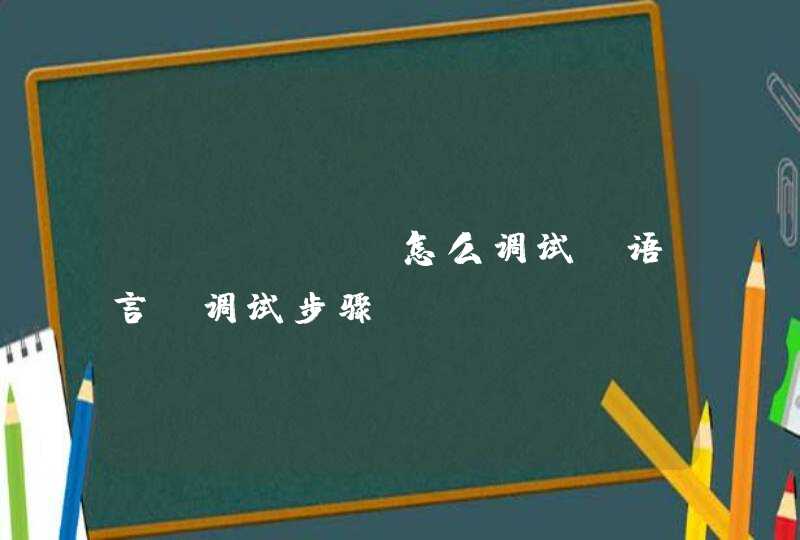
#include
#define
NULL
0
#define
LEN
sizeof(struct
student)
struct
student
{
long
num
/*学号*/
float
score
/*分数,其他信息可以继续在下面增加字段*/
struct
student
*next
/*指向下一节点的指针*/
}
int
n
/*节点总数*/
/*
==========================
功能:创建节点
返回:指向链表表头的指针
==========================
*/
struct
student
*Create()
{
struct
student
*head
/*头节点*/
struct
student
*p1=NULL
/*p1保存创建的新节点的地址*/
struct
student
*p2=NULL
/*p2保存原链表最后一个节点的地址*/
n
=
0
/*创建前链表的节点总数为0:空链表*/
p1
=
(struct
student
*)malloc(LEN)
/*开辟一个新节点*/
p2
=
p1
/*如果节点开辟成功,则p2先把它的指针保存下来以备后用*/
if
(p1
==
NULL)
/*节点开辟不成功*/
{
printf("\nCann't
create
it,
try
it
again
in
a
moment!\n")
return
NULL
}
else
/*节点开辟成功*/
{
head
=
NULL
/*开始head指向NULL*/
printf("Please
input
%d
node
--
num,score:
",n+1)
scanf("%ld,%f",&(p1->num),&(p1->score))
/*录入数据*/
}
while(p1->num
!=
0)
/*只要学号不为0,就继续录入下一个节点*/
{
n
+=
1
/*节点总数增加1个*/
if
(n==1)
/*如果节点总数是1,则head指向刚创建的节点p1*/
{
head
=
p1
/*
注意:
此时的p2就是p1,也就是p1->next指向NULL。
这样写目的是与下面else保持一致。
*/
p2->next
=
NULL
}
else
{
p2->next
=
p1
/*指向上次下面刚开辟的节点*/
}
p2
=
p1
/*把p1的地址给p2保留,然后p1去产生新节点*/
p1
=
(struct
student
*)malloc(LEN)
printf("Please
input
%d
node
--
num,score:
",n+1)
scanf("%ld,%f",&(p1->num),&(p1->score))
}
p2->next
=
NULL
/*此句就是根据单向链表的最后一个节点要指向NULL*/
free(p1)
/*释放p1。用malloc()、calloc()的变量都要free()*/
p1
=
NULL
/*特别不要忘记把释放的变量清空置为NULL,否则就变成"野指针",即地址不确定的指针。*/
return
head
/*返回创建链表的头指针*/
}
/*
===========================
功能:输出节点
返回:
void
===========================
*/
void
Print(struct
student
*head)
{
struct
student
*p
printf("\nNow
,
These
%d
records
are:\n",n)
p
=
head
if(head
!=
NULL)
/*只要不是空链表,就输出链表中所有节点*/
{
printf("head
is
%o\n",
head)
/*输出头指针指向的地址*/
do
{
/*
输出相应的值:当前节点地址、各字段值、当前节点的下一节点地址。
这样输出便于读者形象看到一个单向链表在计算机中的存储结构,和我们
设计的图示是一模一样的。
*/
printf("%o
%ld
%5.1f
%o\n",
p,
p->num,
p->score,
p->next)
p
=
p->next
/*移到下一个节点*/
}
while
(p
!=
NULL)
}
}
/*
==========================
功能:删除指定节点
(此例中是删除指定学号的节点)
返回:指向链表表头的指针
==========================
*/
/*
单向链表的删除图示:
---->[NULL]
head
图3:空链表
从图3可知,空链表显然不能删除
---->[1]---->[2]...---->[n]---->[NULL](原链表)
head
1->next
2->next
n->next
---->[2]...---->[n]---->[NULL](删除后链表)
head
2->next
n->next
图4:有N个节点的链表,删除第一个节点
结合原链表和删除后的链表,就很容易写出相应的代码。操作方法如下:
1、你要明白head就是第1个节点,head->next就是第2个节点;
2、删除后head指向第2个节点,就是让head=head->next,OK这样就行了。
---->[1]---->[2]---->[3]...---->[n]---->[NULL](原链表)
head
1->next
2->next
3->next
n->next
---->[1]---->[3]...---->[n]---->[NULL](删除后链表)
head
1->next
3->next
n->next
图5:有N个节点的链表,删除中间一个(这里图示删除第2个)
结合原链表和删除后的链表,就很容易写出相应的代码。操作方法如下:
1、你要明白head就是第1个节点,1->next就是第2个节点,2->next就是第3个节点;
2、删除后2,1指向第3个节点,就是让1->next=2->next。
*/
struct
student
*Del(struct
student
*head,
long
num)
{
struct
student
*p1
/*p1保存当前需要检查的节点的地址*/
struct
student
*p2
/*p2保存当前检查过的节点的地址*/
if
(head
==
NULL)
/*是空链表(结合图3理解)*/
{
printf("\nList
is
null!\n")
return
head
}
/*定位要删除的节点*/
p1
=
head
while
(p1->num
!=
num
&&
p1->next
!=
NULL)
/*p1指向的节点不是所要查找的,并且它不是最后一个节点,就继续往下找*/
{
p2
=
p1
/*保存当前节点的地址*/
p1
=
p1->next
/*后移一个节点*/
}
if
(num
==
p1->num)
/*找到了。(结合图4、5理解)*/
{
if
(p1
==
head)
/*如果要删除的节点是第一个节点*/
{
head
=
p1->next
/*头指针指向第一个节点的后一个节点,也就是第二个节点。这样第一个节点就不在链表中,即删除。*/
}
else
/*如果是其它节点,则让原来指向当前节点的指针,指向它的下一个节点,完成删除*/
{
p2->next
=
p1->next
}
free(p1)
/*释放当前节点*/
p1
=
NULL
printf("\ndelete
%ld
success!\n",num)
n
-=
1
/*节点总数减1个*/
}
else
/*没有找到*/
{
printf("\n%ld
not
been
found!\n",num)
}
return
head
}
/*
==========================
功能:插入指定节点的后面
(此例中是指定学号的节点)
返回:指向链表表头的指针
==========================
*/
/*
单向链表的插入图示:
---->[NULL](原链表)
head
---->[1]---->[NULL](插入后的链表)
head
1->next
图7
空链表插入一个节点
结合原链表和插入后的链表,就很容易写出相应的代码。操作方法如下:
1、你要明白空链表head指向NULL就是head=NULL;
2、插入后head指向第1个节点,就是让head=1,1->next=NULL,OK这样就行了。
---->[1]---->[2]---->[3]...---->[n]---->[NULL](原链表)
head
1->next
2->next
3->next
n->next
---->[1]---->[2]---->[x]---->[3]...---->[n]---->[NULL](插入后的链表)
head
1->next
2->next
x->next
3->next
n->next
图8:有N个节点的链表,插入一个节点(这里图示插入第2个后面)
结合原链表和插入后的链表,就很容易写出相应的代码。操作方法如下:
1、你要明白原1->next就是节点2,2->next就是节点3;
2、插入后x指向第3个节点,2指向x,就是让x->next=2->next,1->next=x。
*/
struct
student
*Insert(struct
student
*head,
long
num,
struct
student
*node)
{
struct
student
*p1
/*p1保存当前需要检查的节点的地址*/
if
(head
==
NULL)
/*(结合图示7理解)*/
{
head
=
node
node->next
=
NULL
n
+=
1
return
head
}
p1
=
head
while
(p1->num
!=
num
&&
p1->next
!=
NULL)
/*p1指向的节点不是所要查找的,并且它不是最后一个节点,继续往下找*/
{
p1
=
p1->next
/*后移一个节点*/
}
if
(num
==
p1->num)
/*找到了(结合图示8理解)*/
{
node->next
=
p1->next
/*显然node的下一节点是原p1的next*/
p1->next
=
node
/*插入后,原p1的下一节点就是要插入的node*/
n
+=
1
/*节点总数增加1个*/
}
else
{
printf("\n%ld
not
been
found!\n",num)
}
return
head
}
/*
==========================
功能:反序节点
(链表的头变成链表的尾,链表的尾变成头)
返回:指向链表表头的指针
==========================
*/
/*
单向链表的反序图示:
---->[1]---->[2]---->[3]...---->[n]---->[NULL](原链表)
head
1->next
2->next
3->next
n->next
[NULL]next
2->next
3->next
n->next
head
图9:有N个节点的链表反序
结合原链表和插入后的链表,就很容易写出相应的代码。操作方法如下:
1、我们需要一个读原链表的指针p2,存反序链表的p1=NULL(刚好最后一个节点的next为NULL),还有一个临时存储变量p;
2、p2在原链表中读出一个节点,我们就把它放到p1中,p就是用来处理节点放置顺序的问题;
3、比如,现在我们取得一个2,为了我们继续往下取节点,我们必须保存它的next值,由原链表可知p=2->next
4、然后由反序后的链表可知,反序后2->next要指向1,则2->next=1
5、好了,现在已经反序一个节点,接着处理下一个节点就需要保存此时的信息:
p1变成刚刚加入的2,即p1=2p2要变成它的下一节点,就是上面我们保存的p,即p2=p。
*/
struct
student
*Reverse(struct
student
*head)
{
struct
student
*p
/*临时存储*/
struct
student
*p1
/*存储返回结果*/
struct
student
*p2
/*源结果节点一个一个取*/
p1
=
NULL
/*开始颠倒时,已颠倒的部分为空*/
p2
=
head
/*p2指向链表的头节点*/
while
(p2
!=
NULL)
{
p
=
p2->next
p2->next
=
p1
p1
=
p2
p2
=
p
}
head
=
p1
return
head
}
/*
以上函数的测试程序:
提示:根据测试函数的不同注释相应的程序段,这也是一种测试方法。
*/
main()
{
struct
student
*head
struct
student
*stu
long
thenumber
/*
测试Create()、Print()*/
head
=
Create()
Print(head)
/*测试Del():请编译时去掉注释块*/
/*
printf("\nWhich
one
delete:
")
scanf("%ld",&thenumber)
head
=
Del(head,thenumber)
Print(head)
*/
/*测试Insert():请编译时去掉注释块*/
/*
stu
=
(struct
student
*)malloc(LEN)
printf("\nPlease
input
insert
node
--
num,score:
")
scanf("%ld,%f",&stu->num,&stu->score)
printf("\nInsert
behind
num:
")
scanf("%ld",&thenumber)
head
=
Insert(head,thenumber,stu)
free(stu)
stu
=
NULL
Print(head)
*/
/*测试Reverse():请编译时去掉注释块*/
/*
head
=
Reverse(head)
Print(head)
*/
printf("\n")
system("pause")
}
包括链表的创建删除添加和释放操作!!#include<stdio.h>
#include<stdlib.h>
struct node *create()
void print_list(struct node *head)
struct node * insert_node(struct node *h,int x,int y)
struct node * delete_node(struct node *h,int z)
void shifang(struct node *head)
struct node
{
char data
struct node *next
}
void main()
{
struct node *head
int x,y,z
head=create()
print_list(head)
printf("\n输入插入结点的位置的值和插入的数值:")
scanf("%d%d",&x,&y)
head=insert_node(head,x,y)
print_list(head)
printf("\n输入要删除的结点:")
scanf("%d",&z)
head=delete_node(head,z)
print_list(head)
printf("\n释放链表.\n")
}
struct node *create() //建立链表函数
{
printf("请输入各节点(以-1结尾):\n")
int x
//定义指针*head,*tail,*s
struct node *head,*tail,*s
//head和tail初始化,生成一个头结点
head=tail=(struct node *)malloc(sizeof(struct node))
//在循环中,生成新结点、赋值、连接、尾指针后移
scanf("%d",&x)
while(x!=-1)
{
s=(struct node *)malloc(sizeof(struct node))
s->data=x
tail->next=s
tail=s
scanf("%d",&x)
}
//尾结点的指针域赋NULL
tail->next=NULL
return head
}
void print_list(struct node *head)//输出链表函数
{
//定义工作指针*p并赋初值p=head->next;即指向第一个结点
struct node *p
p=head->next
//判断链表是否为空,空:输出空表的信息,否则:输出所有结点
if(p==NULL)
printf("The list is NULL.")
else
//在循环中输出当前结点,工作指针后移
{
printf("head->")
while(p!=NULL)
{
printf("%d->",p->data)
p=p->next
}
printf("end.")
}
}
struct node * insert_node(struct node *h,int x,int y) //添加结点函数
{
struct node *p,*q,*s
//生成要插入的新结点
s=(struct node *)malloc(sizeof(struct node))
s->data=y
q=h
p=h->next
//查找要插入结点的位置
while((p!=NULL)&&(p->data!=x))
{
q=p
p=p->next
}
//插入结点
q->next=ss->next=p
return(h)
}
struct node * delete_node(struct node *h,int z) //删除结点函数
{
struct node *p,*q
q=h
p=h->next
//查找要删除结点的位置
if(p!=NULL)
{
while((p!=NULL)&&(p->data!=z))
{
q=p
p=p->next
}
//释放结点
if(p->data ==z)
{
q->next=p->next
free(p)
}
}
return(h)
}
void shifang(struct node *head) //释放链表函数
{
struct node *p
//逐个释放结点
while(head!=NULL)
{
p=head
head=head->next
free(p)
}
}
编译通过.错误在于使用的分号""是中文格式下的。应该把输入法切换为英文。
#include <stdio.h>
#include <stdlib.h>
struct Stu
{
unsigned long id
float score
char strname[20]
struct Stu *next
}
int n
struct Stu *createnode()
{
struct Stu *phead,*prear
struct Stu *pnewnode
n=0
pnewnode=(struct Stu*)malloc(sizeof(struct Stu))
if(pnewnode==NULL)
return phead=prear=pnewnode=NULL
else
prear=pnewnode
prear->next=pnewnode
pnewnode->next= NULL
printf ("Please input %d node -- num,score: ", n + 1)
scanf ("%ld,%f,%s", &(pnewnode->id), &(pnewnode->score),pnewnode->strname)/*录入数据 */
while(pnewnode->id!=0)
{
n++
if(n==1){
phead=pnewnode
prear->next=NULL
}
else
prear->next=pnewnode
prear=pnewnode
}
prear->next=NULL
free(pnewnode)
pnewnode=NULL
return phead
}
struct Stu *deletenode(struct Stu *head, unsigned long n)
{
struct Stu *p1,*p2
if(head == NULL)
{
printf("\nList is null!\n")
return head
}
p1=head
p2=p1
while(p1->id!=n&&p1->next!=NULL)
{
p1=p1->next
}
if(p1->id==n)
{
if(p1==head)
{
head=p1->next
}
else
{
p2->next=p1->next
}
free(p1)
p1 = NULL
printf("\ndelete NO.%ld node success!\n",n)
n--/*节点总数减1个 */
}
else
printf("can not find the node")
return NULL
}
#if 0
struct Stu *insertnode(struct Stu *head,struct Stu *node, long n)////////
{
struct Stu *p1
if (head == NULL) /*是空链表 */
{
printf ("\nList is null!\n")
head=node
node->next=NULL
n++
return head
}
p1=head
while(p1->id!=n&&p1->next!=NULL)
p1=p1->next
if(p1->id==n)
{
if(p1==head)
head=p1->next
else
node->next=p1->next
p1=node
printf("\ninsert NO.%ld node success!\n",n)
n++/*节点总数减1个 */
}
else
printf("can not find the node")
return NULL
}
#endif
void print(struct Stu *head)
{
struct Stu *p
printf("\nNow , These %d records are:\n", n)
p=head
if(p!=NULL){
printf("head is %o\n", head)
printf(" %ld,%5.1f,%s\n",p->id, p->score,p->strname)
p=p->next
}
}
int main()
{
return 0
}















